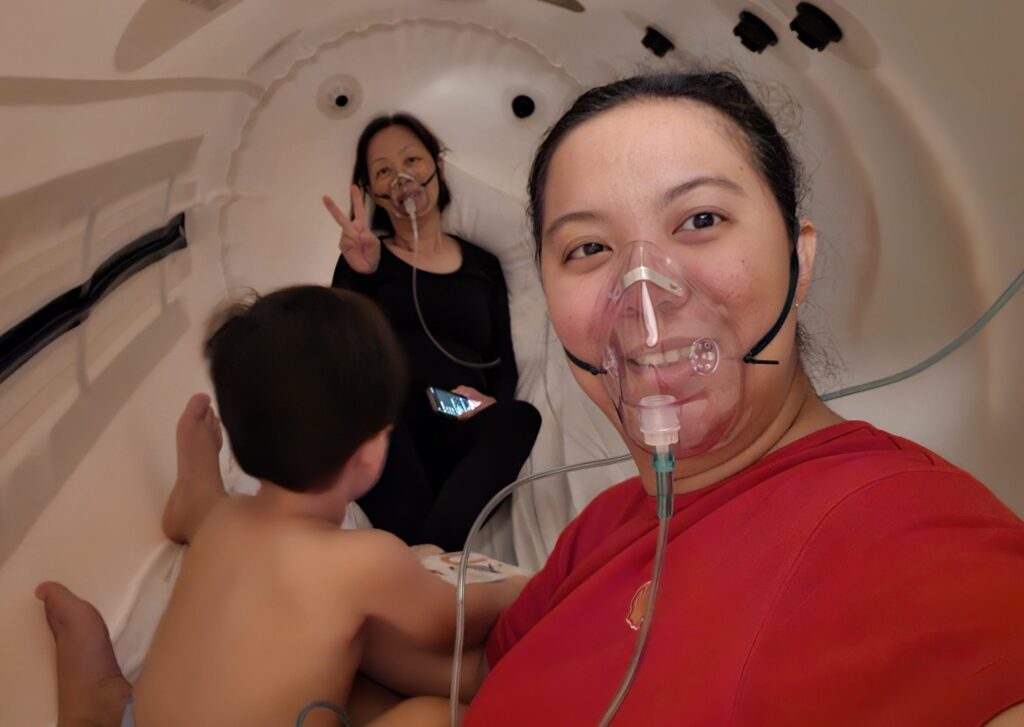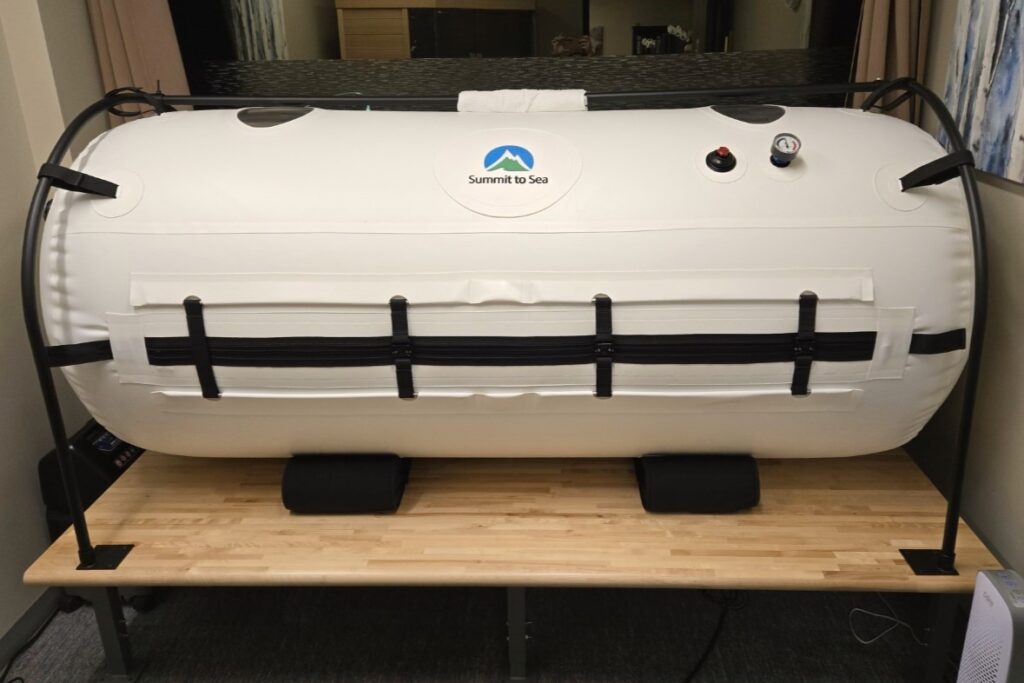Mold Toxicity, or mycotoxicosis, is a common but serious illness here in the Pacific Northwest. The high humidity of our climate and construction practices contribute to moisture that lingers in the air and on our food, creating the perfect environment for mold buildup. If you’ve ever seen mold on spoiled food or your bathroom sink, you can imagine what it does to your body when inhaled or ingested. As research develops on mold toxicity treatment, studies show the benefits of using Hyperbaric Oxygen Therapy (HBOT) as an effective tool in the healing process.

When mold builds up in the body, it causes a variety of problematic health concerns like respiratory conditions, allergic reactions, skin irritation, neurological symptoms like seizures, and, in severe cases, it can even be fatal for people with compromised immune systems. Scientists estimate that 3 million Americans suffer from mold toxicity, but the exact number is unknown because some cases are mild, and not everyone seeks medical care. Patients who experience life-altering symptoms from mold toxicity are finding relief by adding Hyperbaric Oxygen Therapy to their treatment plan, along with diet changes and antifungal support.
What is Mold Toxicity?
Mold is a type of fungus that grows both indoors and outdoors. It can be found indoors in carpets, drywall, and other surfaces in places with poor ventilation, like energy-efficient homes. Mold grows best in damp environments and spreads through spores released into the air. Spores not only trigger allergies or asthma but can also carry remnants of chemicals, dust mites, or bacteria- all of which can negatively impact your health.
Mold infections occur when spores are inhaled and get into the lungs, sinuses, or gut. These infections can travel from the lungs and into the bloodstream.
Symptoms of Mold Toxicity
There are a wide variety of symptoms of mold toxicity, depending on the type of mold exposure and other contributing factors. Some common signs include:
- Neurological symptoms, like brain fog or even seizures
- Digestive issues like constipation or diarrhea
- Allergy-like symptoms, such as nasal congestion, coughing, or eye irritation
- Sleep disturbances
- Muscle and joint aches
- Headaches

There are other adverse effects of mold toxicity, but this list is a start. Symptoms can mimic other conditions and are often misdiagnosed as an autoimmune disorder. The possibility of mold toxicity can be easily overlooked by doctors, making it difficult to diagnose until treatments for other conditions fail to offer relief.
How Hyperbaric Oxygen Therapy Can Help
Hyperbaric Oxygen Therapy is known for treating a wide variety of conditions by delivering pressurized oxygen through a mask. The increase in oxygen supports the body’s healing capabilities by sending excess oxygen to cells that are hypoxic (starved of oxygen), reducing inflammation, and stimulating healthy cell growth. If you’ve read our other blogs about HBOT, you already know about some conditions it can treat, like Parkinson’s and Inflammatory Bowel Disease. But how does it help with mold toxicity?
Here are some of the benefits of HBOT that have helped patients find relief:
- Increased oxygenation. Most mold spores are anaerobic and do not survive in oxygenated environments. The extra oxygen allows the cells to detoxify and heal.
- Antimicrobial effect. High pressure and high percentages of oxygen can suppress or even kill microorganisms that do not survive in a typical oxygen environment (anaerobic molds.) This doesn’t necessarily mean aerobic molds, which do survive in oxygen, will get worse with HBOT. The other benefits of HBOT, like immune support, can still help fight off mold infections when used in conjunction with other treatments.
- Increased immune function. HBOT reduces inflammation and increases the body’s ability to fight bacterial, viral, and mold infections.
- Reduced inflammation. Inflammation occurs when cells become hypoxic. The inflammation prevents oxygen from getting to the cells that need it, and those cells become even more hypoxic, creating a cycle. When extra oxygen goes to those cells, they can begin to receive necessary nutrients, and inflammation subsides.
- Improved cognitive function. By getting more oxygen to brain cells, those cells begin to repair and regrow, which helps reduce brain fog and support focus.
- Inhibited release of toxins. Hyperbaric Oxygen Therapy can suppress the growth of undesirable organisms, including mold. Slowing down the development of these organisms also reduces the amount of toxins that are released.
Reducing Risk of Mold Toxicity
If you want to reduce your risk of mold toxicity, your home or workspace is the first place to start. Here are some things you can do to keep yourself and your family safe:
- Fix any water leaks, such as ceilings or plumbing issues.
- Good ventilation and airflow is essential. Keeping windows open during dry weather and having fans can help.
- Dust and vacuum regularly to reduce spores in the air.
- Use a dehumidifier, especially in areas where dampness can occur, like the kitchen or bathroom.
Getting Additonal Support
While HBOT can boost the effects of other treatments for mold infections, it is not designed as a standalone treatment. If you’re using HBOT to fight off mold toxicity, it should be used in conjunction with diet changes, antimicrobial and antifungal supplements, and immune support.
If mold toxicity is affecting your quality of life and you want to know if Hyperbaric Oxygen Therapy can play a vital role in your care, reach out to us at Ikigai to schedule a consultation!



